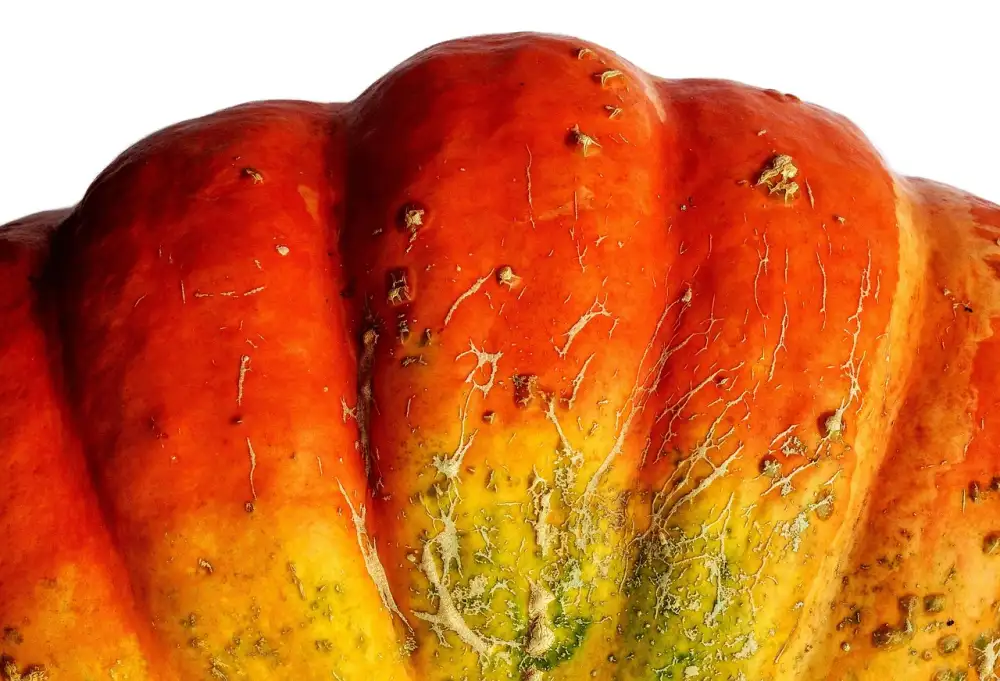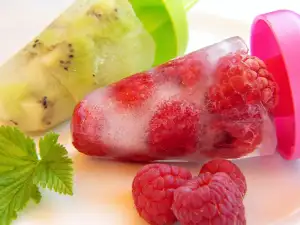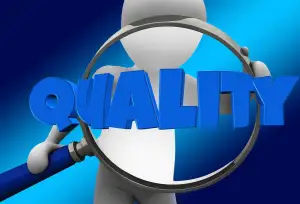Say Goodbye to Nasty Zits: Expert Tips for Popping Pimples Safely

Popping pimples is a common practice for many individuals seeking quick relief from unsightly blemishes. However, this seemingly harmless act can lead to potential risks and complications if not done correctly. Understanding the proper techniques and risks associated with zit popping is crucial to maintaining healthy skin and preventing further damage. In this article, we will delve into the science behind zits, explore the dangers of improper popping, and provide expert tips for safely dealing with pesky pimples.
The Science Behind Zits
"The Science Behind Zits
Zits, also known as pimples or acne, are a common skin condition that occurs when hair follicles become clogged with oil and dead skin cells. The sebaceous glands in the skin produce an oily substance called sebum, which can mix with dead skin cells and block the hair follicles. When bacteria called Propionibacterium acnes multiply in these blocked pores, inflammation occurs, leading to the formation of zits. Hormonal changes during puberty, stress, diet, and genetics can all contribute to the development of acne."
Risks and Dangers of Popping Zits
Popping zits can lead to various risks and dangers, including infection. When you squeeze a pimple, you can push bacteria deeper into the skin, causing inflammation and potential infection. This can result in redness, swelling, pain, and even scarring. Additionally, popping zits incorrectly can lead to the spread of bacteria to surrounding pores, leading to more breakouts. It's crucial to be aware of these risks before attempting to pop a pimple on your own.
Proper Techniques for Safe Zit Popping
1. **Cleanse**: Start by washing your hands thoroughly with soap and water to reduce the risk of introducing bacteria to the pimple.
2. **Steam**: Apply a warm compress or steam to the affected area for a few minutes to soften the skin and make extraction easier.
3. **Use a Sterile Tool**: If you must pop the zit, use a sterile needle or comedone extractor to gently pierce the whitehead without causing trauma to the surrounding skin.
4. **Apply Pressure Gently**: Using clean fingers, apply gentle pressure around the pimple until the pus is released. Avoid squeezing too hard, as this can lead to scarring.
5. **Cleanse Again**: Once you've extracted the pus, cleanse the area with a mild cleanser and apply an antibacterial ointment to prevent infection.
Remember, it's best to let pimples heal on their own whenever possible and consult a dermatologist if you're unsure about how to proceed safely.
When to Seek Professional Help
While popping a pimple at home can be tempting, it is essential to know when to seek professional help. If you have a large, painful, or deep pimple that does not improve with at-home treatments, it may be best to consult a dermatologist. Additionally, if you notice signs of infection such as increased redness, swelling, warmth, or pus drainage from the pimple, seeking medical attention is crucial. A dermatologist can provide proper treatment and prevent potential scarring or further complications. Remember, your skin's health is worth investing in professional care when needed.
While popping pimples may seem like a quick fix for clearer skin, it's important to approach it with caution. Understanding the science behind zits and the risks involved in popping them can help you make informed decisions about your skincare routine. Remember, improper techniques can lead to infections, scarring, and even worsen acne. If you're unsure about how to safely pop a pimple or if you're experiencing severe breakouts, it's best to seek advice from a dermatologist. Ultimately, maintaining a consistent skincare regimen and practicing patience is key to achieving healthy, blemish-free skin in the long run.
Published: 20. 03. 2024
Category: Health



